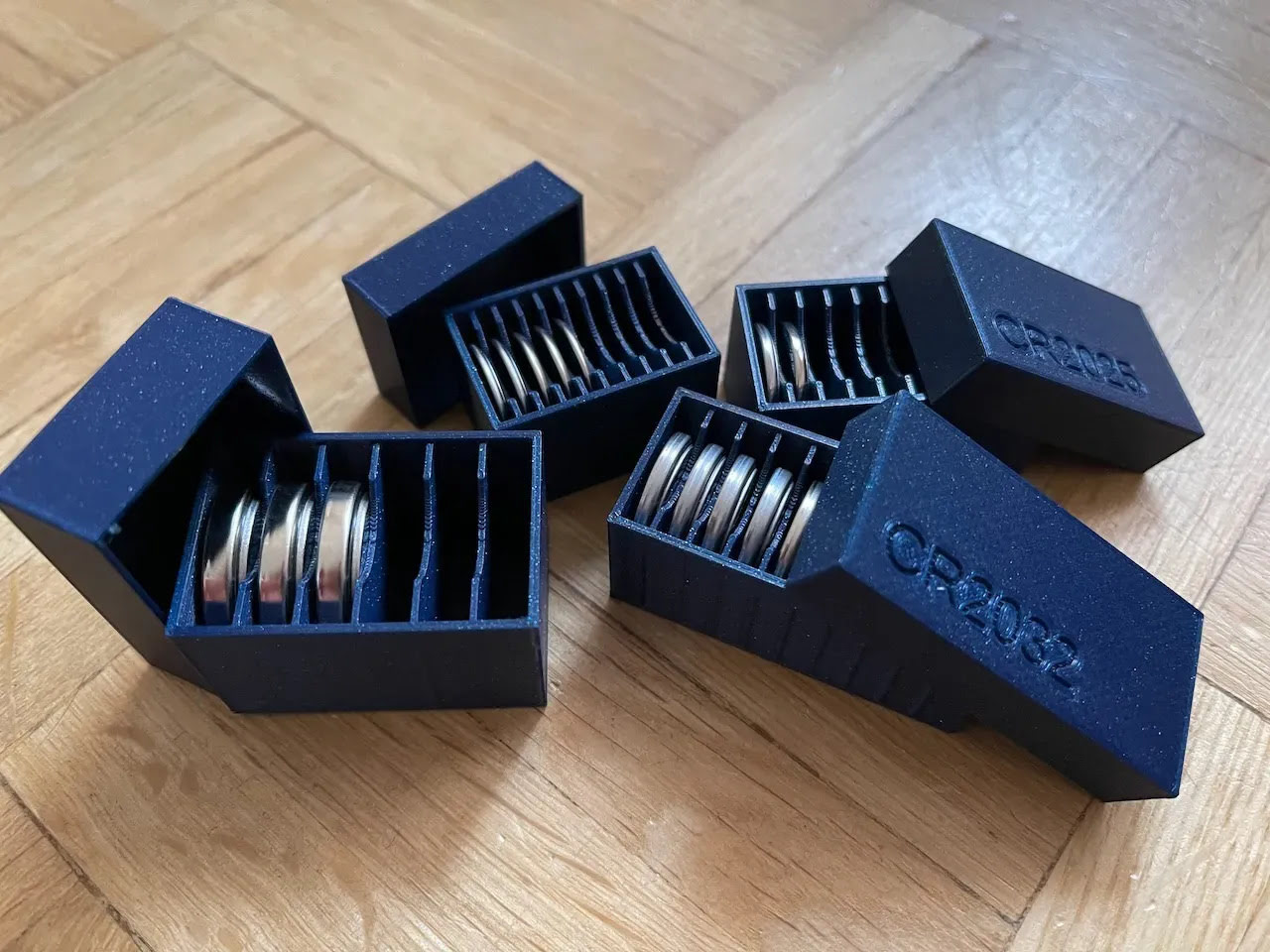

Articles
How To Store Button Cell Batteries
Modified: September 1, 2024
Learn the best methods to store button cell batteries safely and effectively in this informative article. Take care of your batteries and maximize their lifespan!
(Many of the links in this article redirect to a specific reviewed product. Your purchase of these products through affiliate links helps to generate commission for Storables.com, at no extra cost. Learn more)
Introduction
Button cell batteries are small, compact power sources commonly used in a variety of devices such as watches, calculators, remote controls, and key fobs. Despite their size, button cell batteries pack a significant amount of energy, making them reliable and convenient for powering these devices.
While button cell batteries are designed to provide long-lasting power, proper storage is essential to maintain their performance and prevent potential safety hazards. In this article, we will explore the importance of storing button cell batteries correctly and provide valuable tips to ensure their longevity.
Understanding the characteristics and proper handling of button cell batteries is crucial for maximizing their lifespan. These small, circular batteries are commonly made of lithium, silver oxide, or alkaline materials. Each type has its own voltage and capacity, as well as its own specific storage requirements.
Improper storage of button cell batteries can lead to a range of issues, including reduced performance, leakage, or even explosion. Therefore, it is crucial to familiarize oneself with the proper storage techniques to keep these batteries safe and functional.
Additionally, properly storing button cell batteries can help save money in the long run. By prolonging their lifespan, you can avoid frequent replacements and reduce the environmental impact of disposable batteries.
In the following sections, we will delve into the specifics of proper storage techniques and share tips on prolonging the life of button cell batteries. Let’s move forward and ensure we get the most out of these tiny, yet powerful, energy sources.
Key Takeaways:
- Proper storage of button cell batteries is crucial for maintaining their performance, longevity, and safety. By following the correct storage techniques, you can ensure reliable power for your devices and minimize potential hazards.
- Understanding the dangers of improper storage, such as leakage, corrosion, and even explosions, is essential for ensuring the safe and proper handling of button cell batteries. Implementing the correct storage techniques will help minimize these risks and maintain battery integrity.
Read more: How To Store Buttons
Understanding Button Cell Batteries
Before we dive into the best practices for storing button cell batteries, it’s important to have a good understanding of these small yet powerful energy sources.
Button cell batteries, also known as coin cell batteries, are small and round with a flat profile. They come in various sizes and can be found in a wide range of electronic devices. The most common types are lithium-ion, silver oxide, and alkaline batteries.
Lithium-ion button cell batteries are known for their high energy density, making them popular for use in devices that require long-lasting power, such as digital watches or fitness trackers. Silver oxide batteries offer a more stable voltage over time, making them ideal for precision devices like calculators or hearing aids. Alkaline batteries are more commonly found in low-power devices such as key fobs or remote controls.
When it comes to storage, it’s important to note that button cell batteries should be kept in a cool, dry place away from direct sunlight. Extreme temperatures can have a negative impact on their performance, so avoid storing them in hot environments like near radiators or in direct sunlight.
Furthermore, button cell batteries should always be stored separately from other metallic objects to prevent short circuits. This can be done by either keeping them in their original packaging or using individual battery holders or organizers that provide a secure and insulated storage solution.
It’s worth noting that different battery chemistries have specific voltage ratings, and it’s important to use the correct type of battery for your device. Using the wrong type of battery can lead to poor performance or even damage to the device.
By understanding the different types of button cell batteries and their characteristics, you can make informed decisions when it comes to storing and using them. Now, let’s delve into the best practices for storing button cell batteries to ensure their longevity and safety.
Proper Storage Techniques
Proper storage of button cell batteries is essential for maintaining their performance and safety. Implementing the following techniques will help ensure longevity and prevent potential hazards:
- Keep batteries in their original packaging: The original packaging provides protection against external factors and helps prevent contact with other metal objects. If the original packaging is no longer available, consider using a small plastic container or a dedicated battery case to keep the batteries organized and safe.
- Avoid mixing different battery types: Mixing different types of button cell batteries can cause voltage imbalances and potentially lead to leakage or damage. Always store batteries of the same chemistry and voltage rating together, and never mix new and used batteries.
- Store batteries in a cool and dry place: High temperatures can accelerate the chemical reactions within the batteries, reducing their lifespan. Therefore, it’s crucial to store button cell batteries in a cool and dry location, ideally at room temperature. Avoid storing them in areas prone to high humidity or extreme heat, such as bathrooms or kitchen cabinets near appliances.
- Keep batteries away from children and pets: Button cell batteries are small and can pose a choking hazard if swallowed. Ensure they are stored safely out of reach of children and pets to prevent accidental ingestion and potential harm.
- Inspect batteries regularly: Regularly check the condition of your button cell batteries, especially if they have been stored for an extended period. Look for signs of leakage, corrosion, or swelling. If you notice any abnormalities, safely dispose of the battery following proper recycling guidelines.
- Use battery organizers or holders: Consider using dedicated battery organizers or holders to keep individual batteries separate and prevent accidental contact. These organizers are designed to keep batteries secure and reduce the risk of short circuits.
- Label and organize batteries: If you have multiple button cell batteries, labeling them with their corresponding device or expiration date can help you keep track of their usage and ensure you are using the oldest batteries first.
Implementing these proper storage techniques will help prolong the lifespan of your button cell batteries, ensuring optimal performance and safety when they are needed.
Store button cell batteries in a cool, dry place away from direct sunlight and extreme temperatures. Keep them in their original packaging or use a battery organizer to prevent contact with metal objects and potential short-circuiting.
Tips for Prolonging Battery Life
Button cell batteries are known for their compact size and ability to deliver power to a wide range of devices. To extend the lifespan of these batteries and get the most out of their performance, consider implementing the following tips:
- Turn off devices when not in use: When you’re not using a device that is powered by a button cell battery, make sure to switch it off. This reduces unnecessary energy drain and keeps the battery working at its full potential.
- Avoid extreme temperatures: Exposing button cell batteries to extreme temperatures can adversely affect their performance and lifespan. Keep batteries away from direct sunlight, hot environments, and freezing temperatures to maintain their integrity.
- Avoid overdraining the battery: For devices that allow it, set a low battery warning or indicator to prevent overdraining the battery. When the warning is triggered, replace the battery promptly to avoid damage due to excessive discharge.
- Remove batteries from devices if unused for extended periods: If you don’t plan on using a device for an extended period, such as a watch or a remote control, remove the button cell batteries. This prevents potential leakage or corrosion that can occur over time.
- Avoid storing batteries in a refrigerator: While it’s recommended to store batteries in a cool place, refrigeration is not recommended. The moisture and condensation in a refrigerator can damage the battery, so it’s best to choose a dry and cool location instead.
- Clean battery contacts: Over time, dust and debris can accumulate on the battery contacts, resulting in poor connectivity and reduced battery performance. Periodically clean the contacts of both the battery and the device with a dry cloth to maintain good electrical contact.
- Properly dispose of expired batteries: When a button cell battery reaches its end of life, it’s important to dispose of it responsibly. Take advantage of recycling programs in your area or drop them off at designated battery recycling centers to prevent environmental contamination.
By implementing these tips, you can prolong the lifespan of button cell batteries, reduce the need for frequent replacements, and optimize their performance in your devices.
Dangers of Improper Storage
Improper storage of button cell batteries can lead to various dangers and potential risks. It’s important to be aware of these hazards to ensure the safety of both yourself and your devices. Here are some of the dangers associated with improper storage:
- Leakage: Button cell batteries contain chemicals that generate electricity as they react within the battery. If stored in inappropriate conditions, such as high heat or extreme cold, the chemical reactions can become unstable, leading to leakage of corrosive substances. Battery leakage can damage devices and pose a risk to your health if you come into contact with the corrosive materials.
- Corrosion: When a button cell battery leaks, corrosive substances can damage the internal components of devices. The corrosion can cause malfunctions or permanent damage to the device, rendering it non-functional.
- Risk of explosion: In rare cases, when exposed to extreme temperatures or physical damage, button cell batteries can explode or rupture. This can cause serious injury and damage to nearby objects.
- Short circuits: If button cell batteries come into contact with metal objects, such as coins or keys, they can cause a short circuit. A short circuit can result in overheating, damage to the battery, or even potential fires.
- Choking hazards: Button cell batteries are small and can be easily swallowed by children or pets. Ingesting a battery can lead to serious medical emergencies, including choking or chemical burns in the digestive system.
By understanding the dangers of improper storage, you can take appropriate measures to ensure the safe and proper handling of button cell batteries. Implementing the correct storage techniques mentioned earlier in this article will help minimize these risks and maintain the integrity of both the battery and the devices they power.
Remember, if you notice any signs of leakage, corrosion, swelling, or damage to a button cell battery, handle it with care and dispose of it according to proper recycling guidelines to prevent further risks.
Read more: How To Store Button Mushrooms
Conclusion
Proper storage of button cell batteries is crucial for maintaining their performance, longevity, and safety. By implementing the correct storage techniques and following the tips mentioned in this article, you can ensure that your batteries remain in optimal condition and provide reliable power to your devices.
Remember to keep button cell batteries in their original packaging or use designated containers to prevent contact with other metal objects and reduce the risk of short circuits. Store them in a cool and dry place, away from extreme temperatures and direct sunlight. Regularly inspect the batteries for any signs of leakage, corrosion, or swelling, and dispose of them appropriately if necessary.
Keep in mind that improper storage can lead to hazards such as leakage, corrosion, explosions, short circuits, and even choking hazards. It’s important to be aware of these risks and take the necessary precautions to ensure the safety of both yourself and your devices.
By prolonging the lifespan of button cell batteries through proper storage and usage, you can save money on frequent battery replacements and reduce the environmental impact of disposable batteries. Remember to use the correct type of battery for your device and follow the manufacturer’s guidelines to maintain optimal performance.
In conclusion, by following the proper storage techniques outlined in this article and being mindful of the potential dangers of improper storage, you can ensure that your button cell batteries remain safe, reliable, and ready to power your devices whenever you need them.
Curious about upgrading your battery organization? Dive into our latest article on the best battery storage options set to shine in 2024. You'll find practical, innovative solutions for keeping all types of batteries arranged neatly, ensuring both safety and easy access. Whether you're a tech enthusiast or simply looking to tidy up, this guide is packed with valuable insights that'll suit any storage need.
Frequently Asked Questions about How To Store Button Cell Batteries
Was this page helpful?
At Storables.com, we guarantee accurate and reliable information. Our content, validated by Expert Board Contributors, is crafted following stringent Editorial Policies. We're committed to providing you with well-researched, expert-backed insights for all your informational needs.

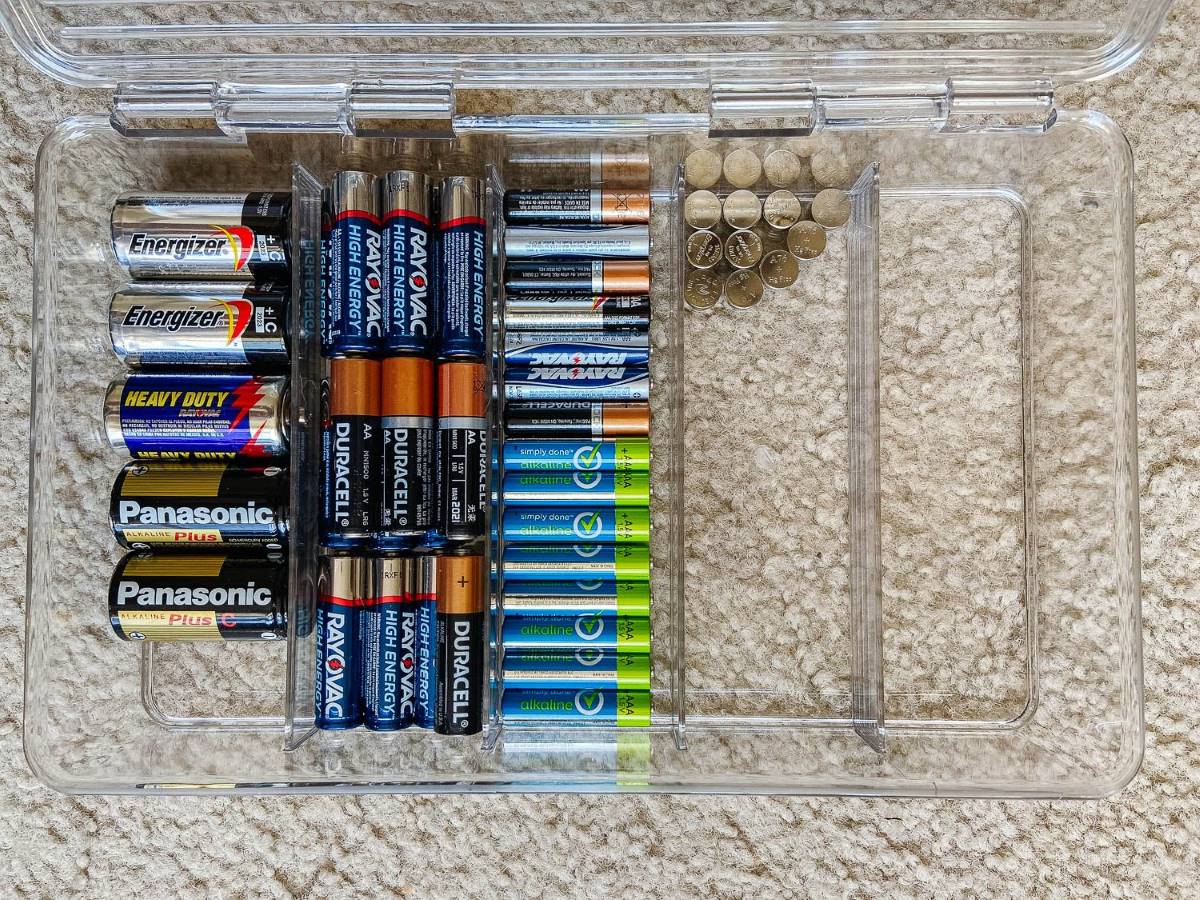
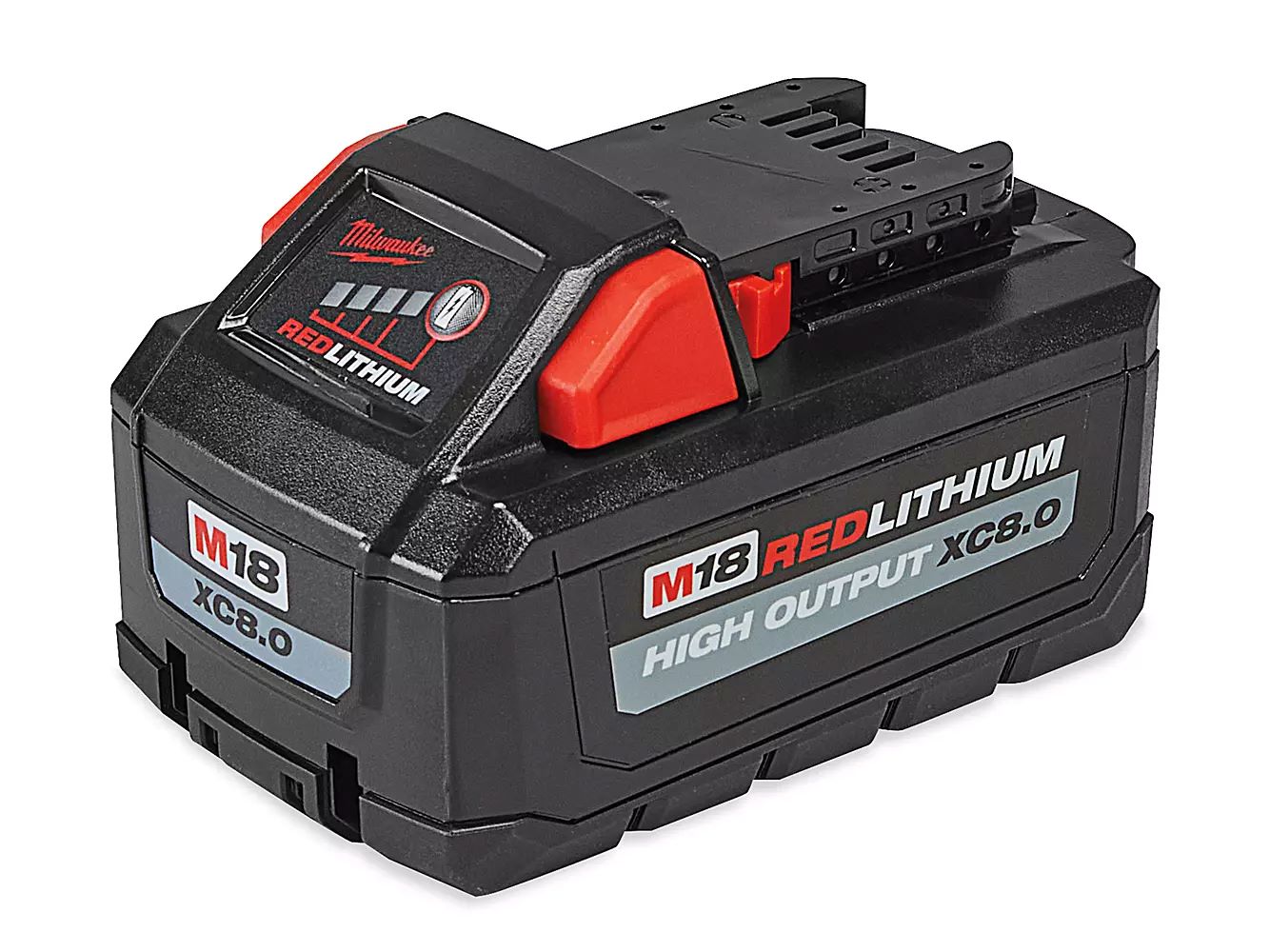

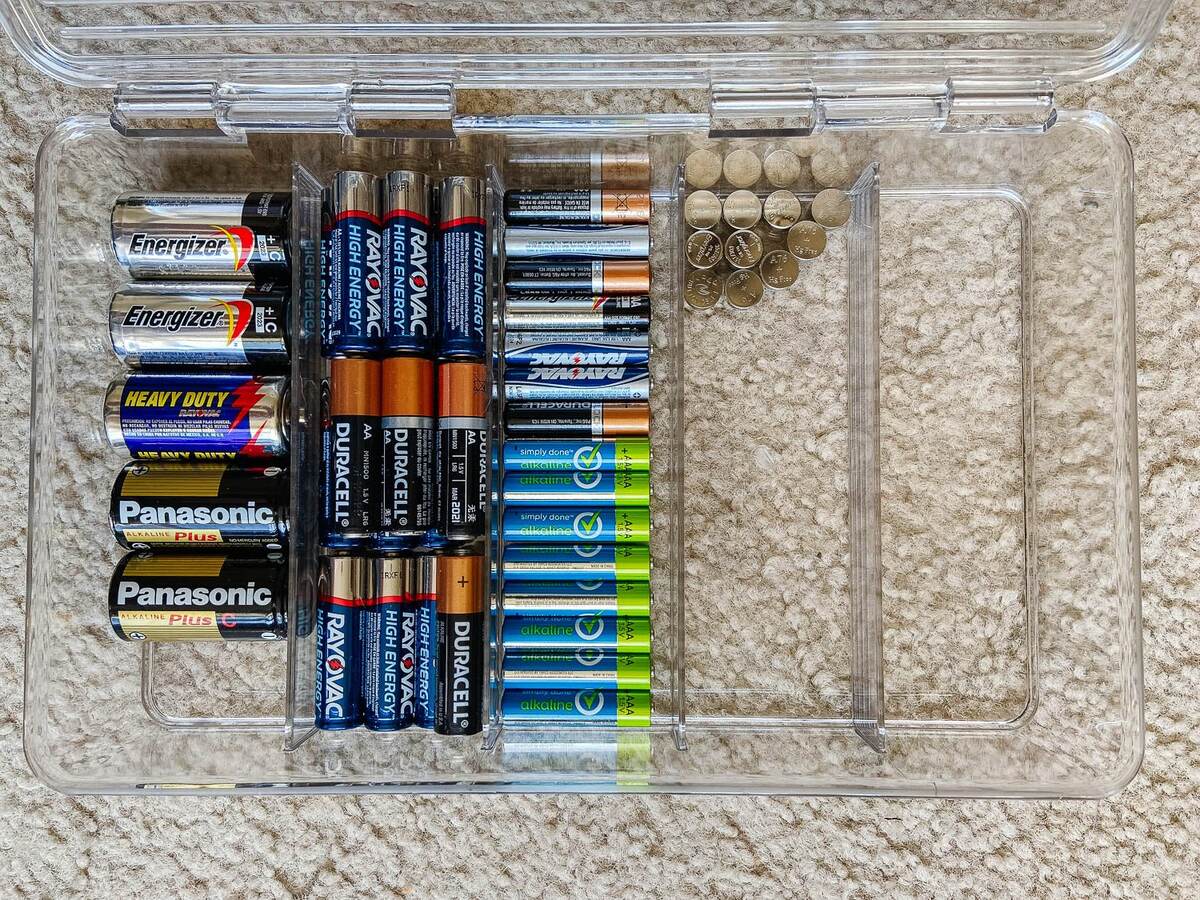
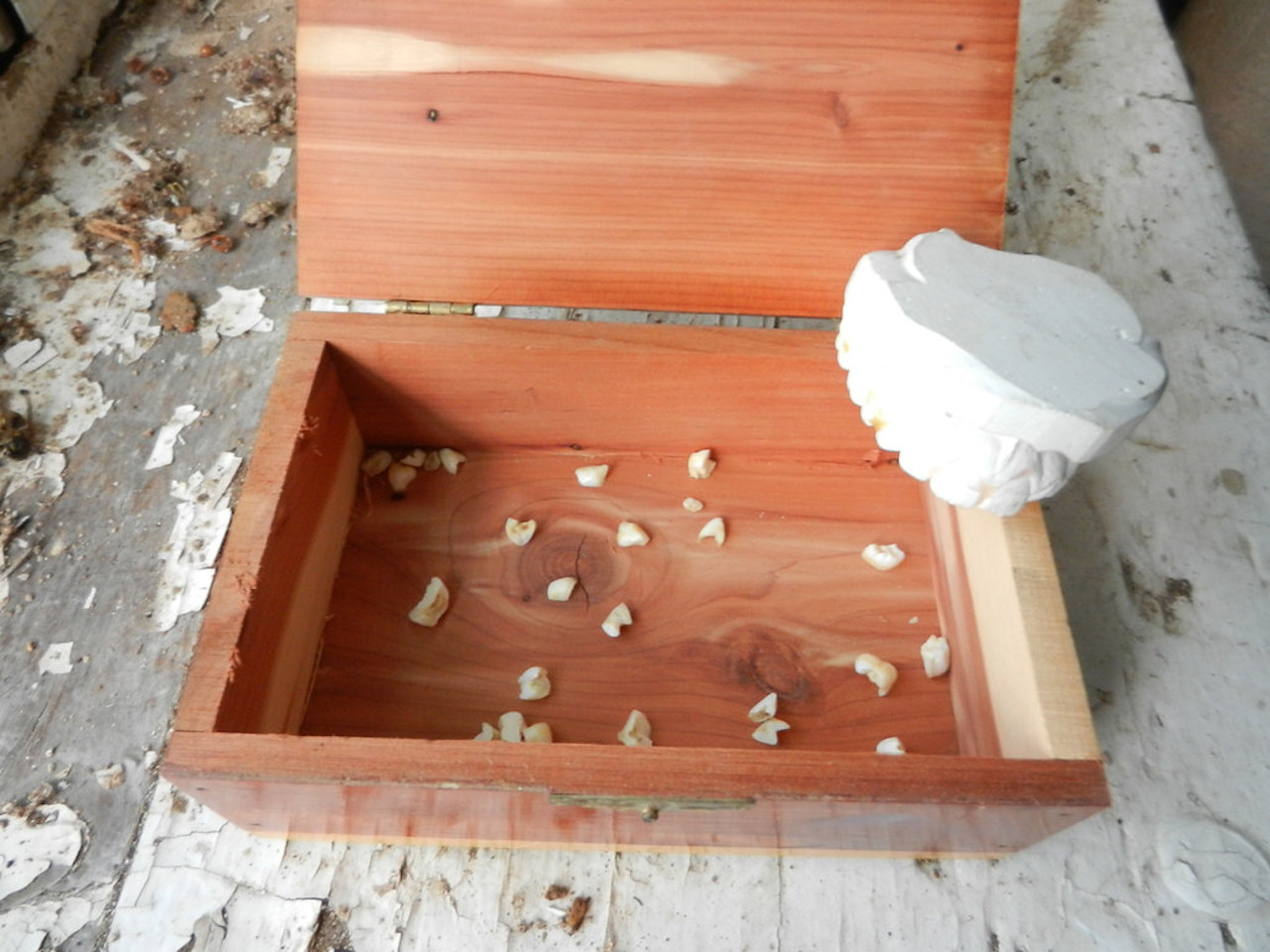
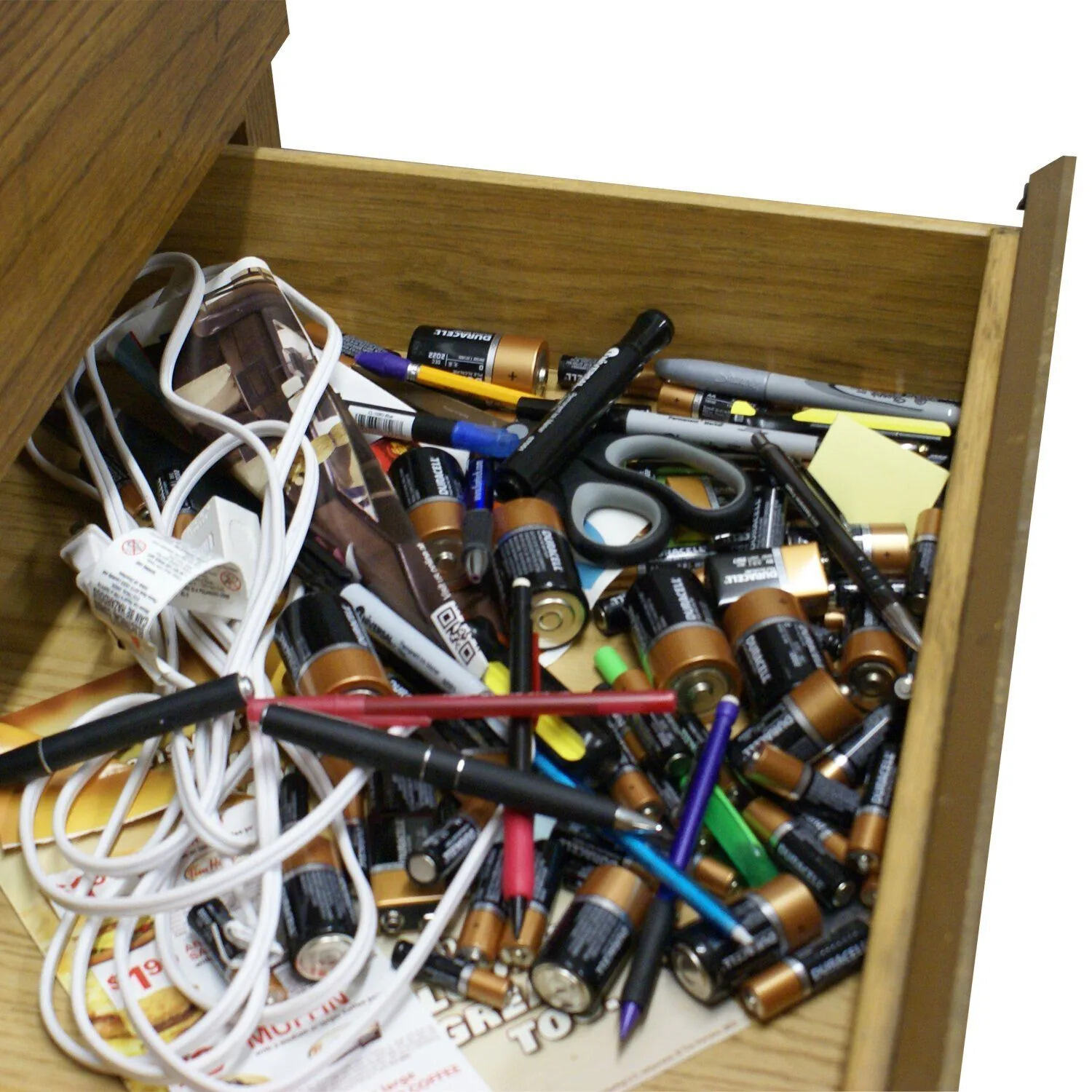
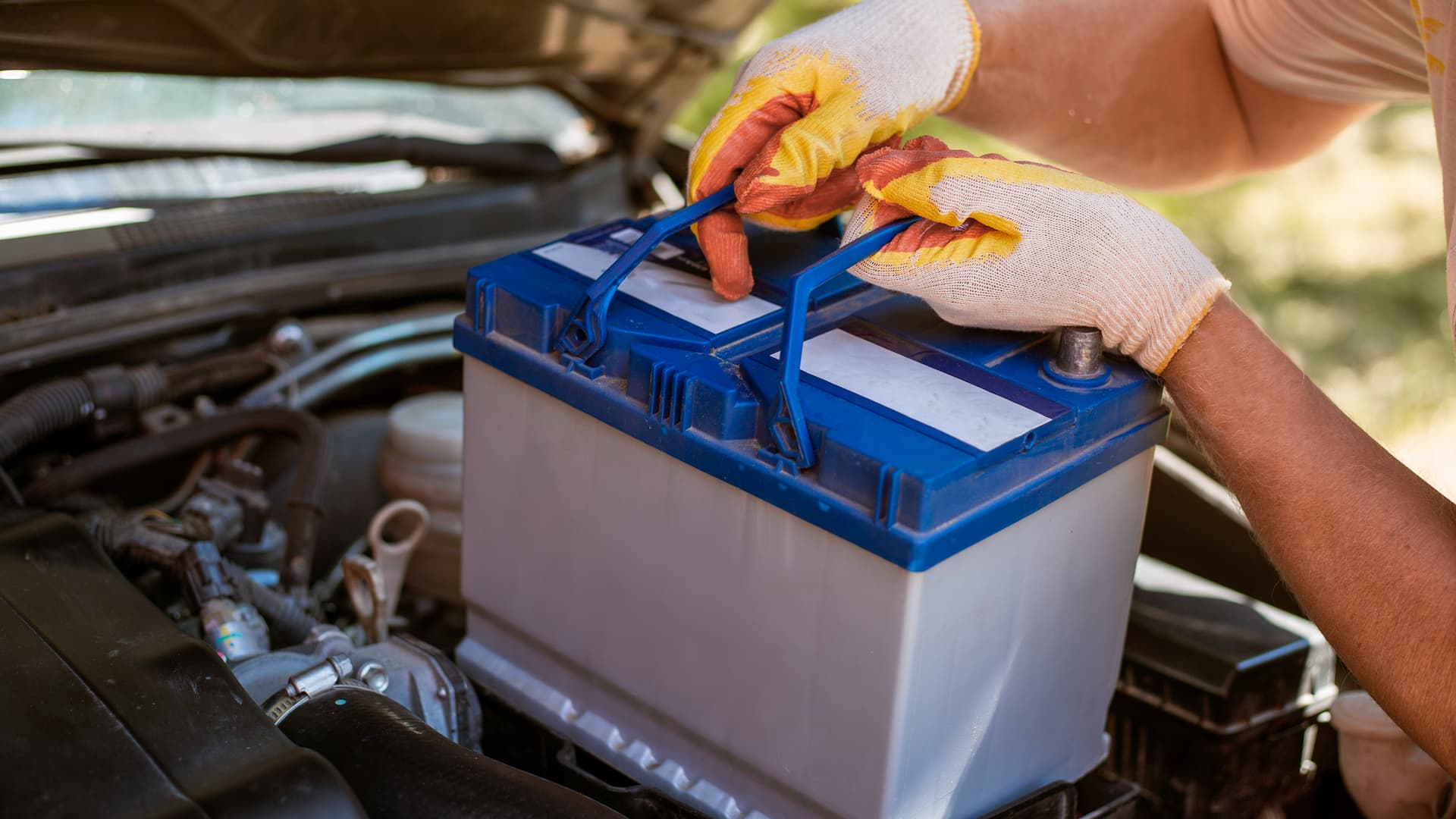
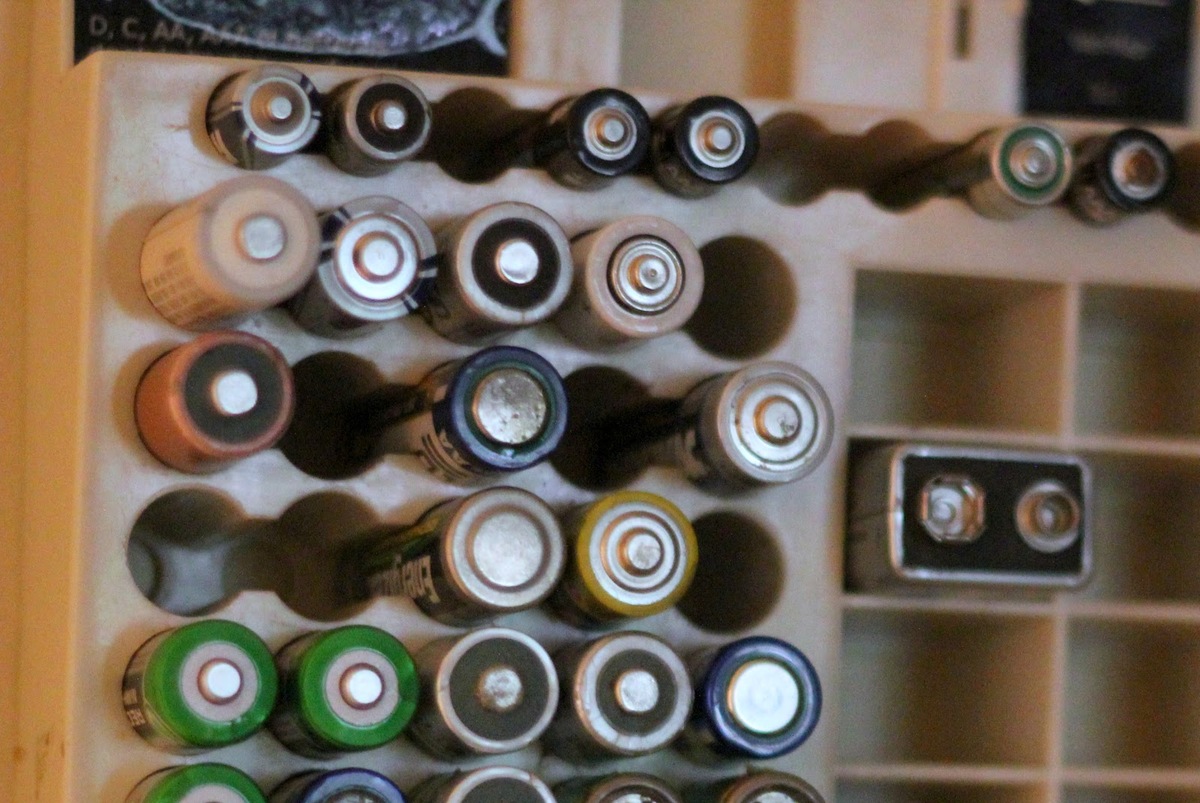
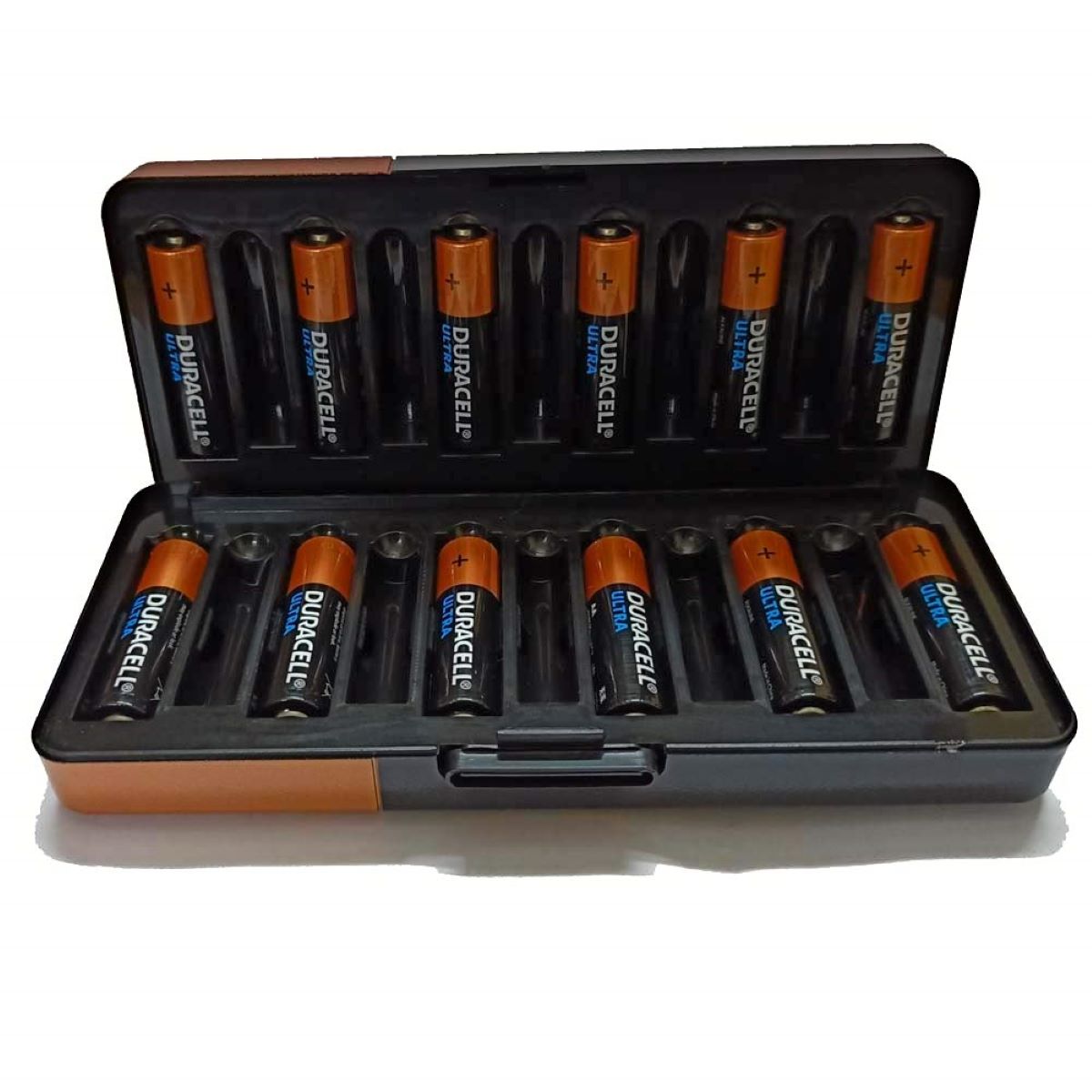
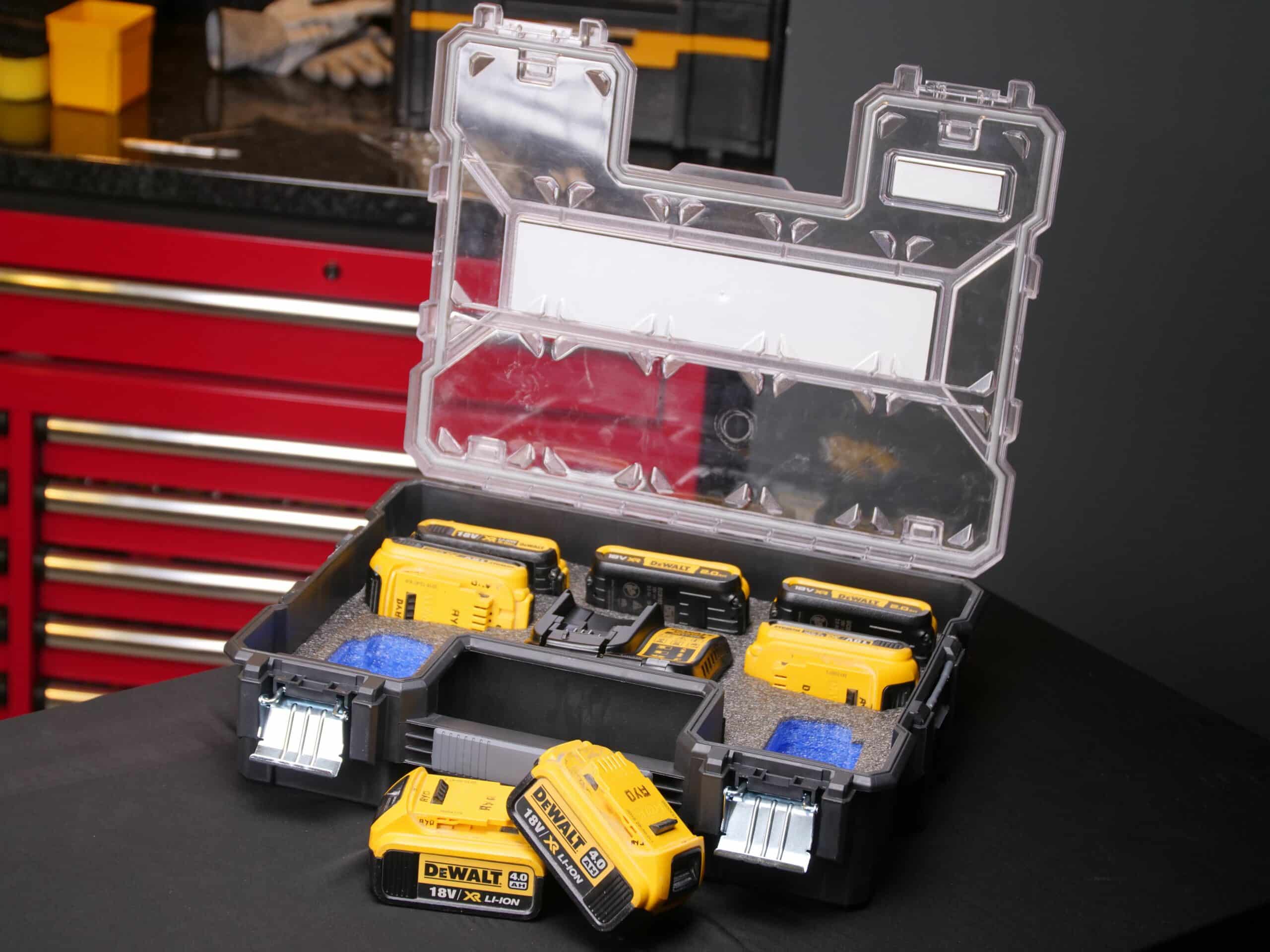
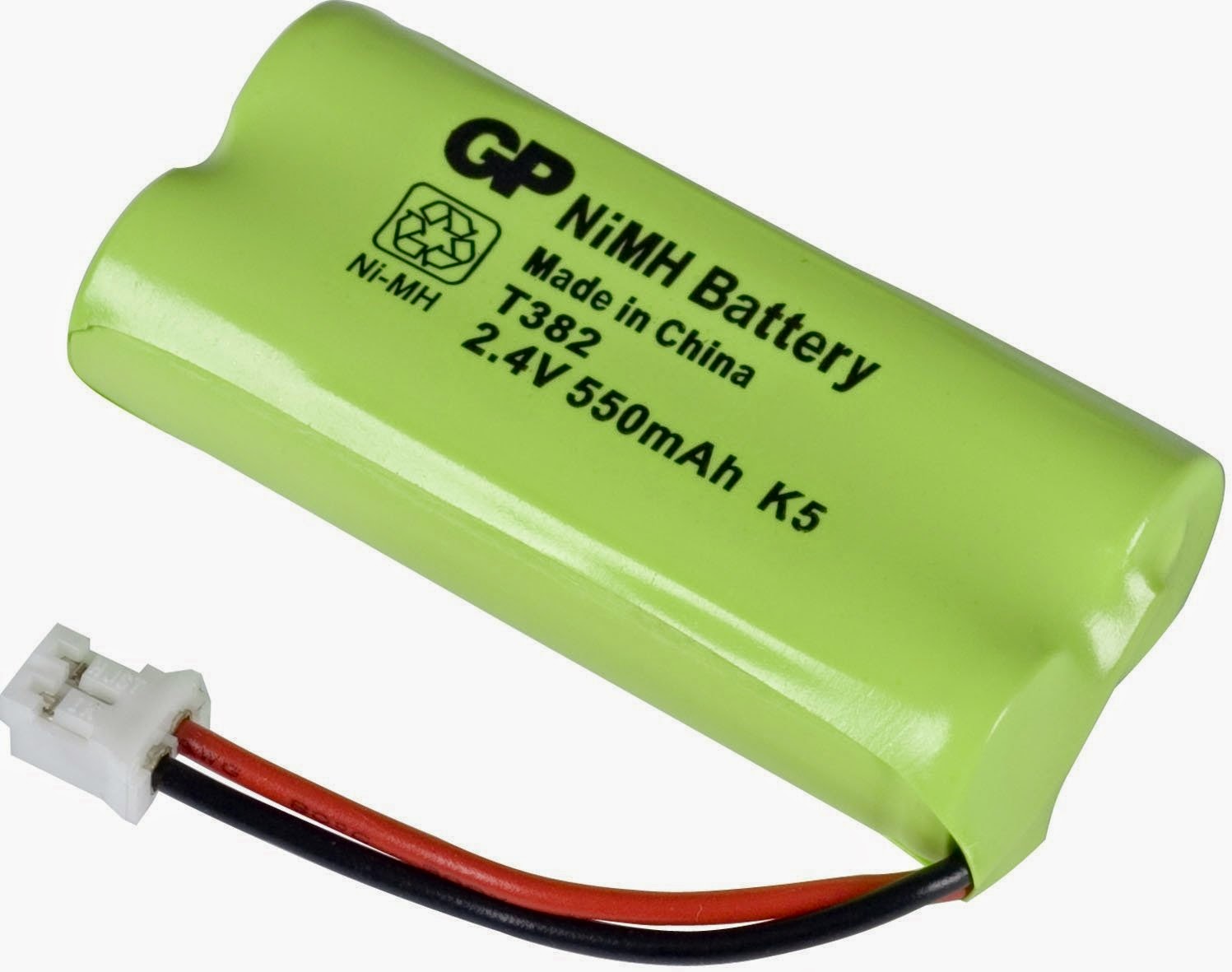
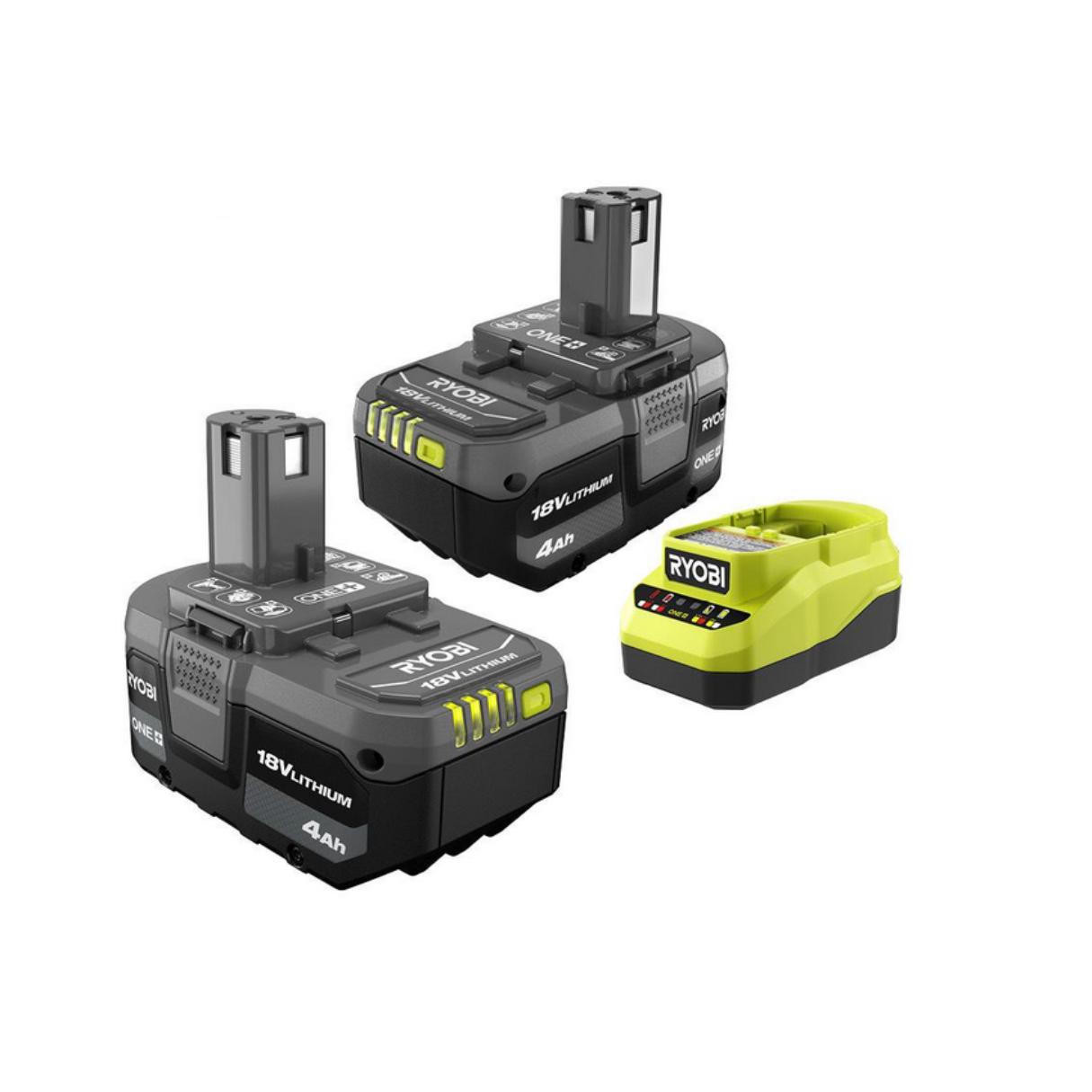


0 thoughts on “How To Store Button Cell Batteries”